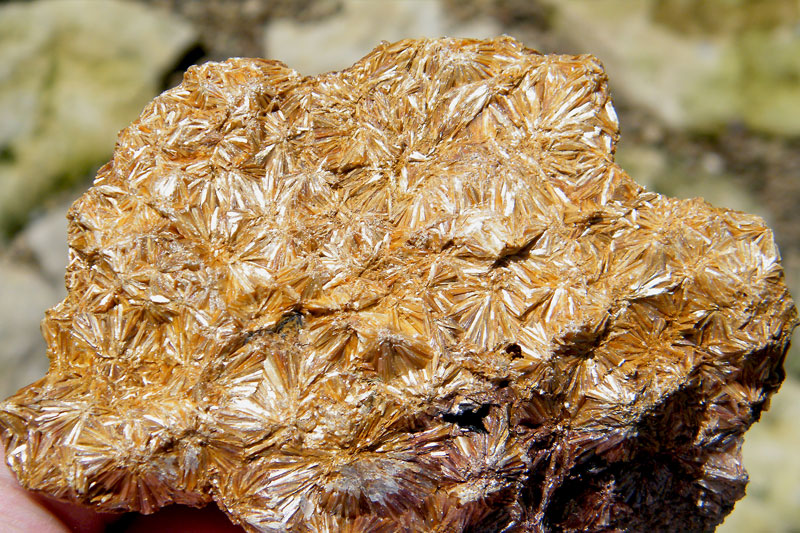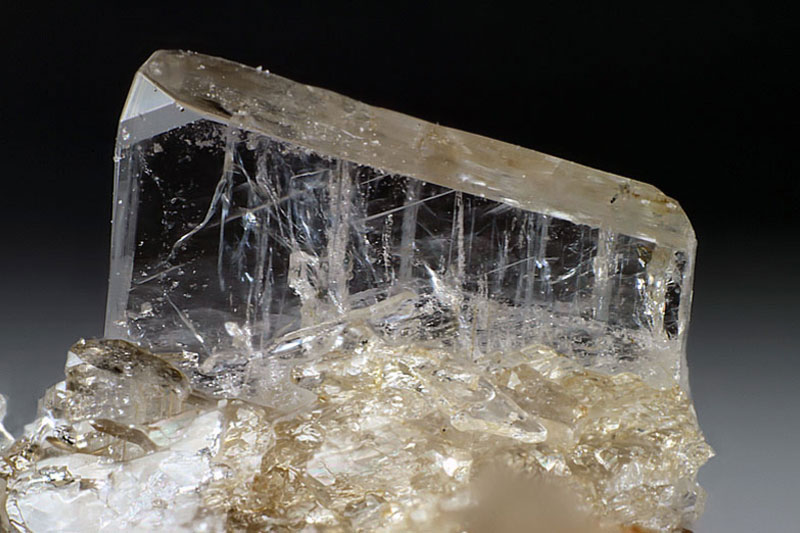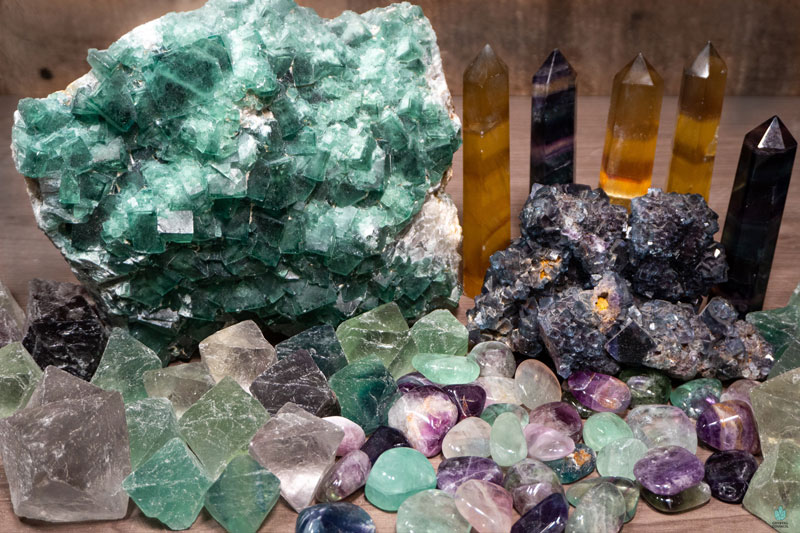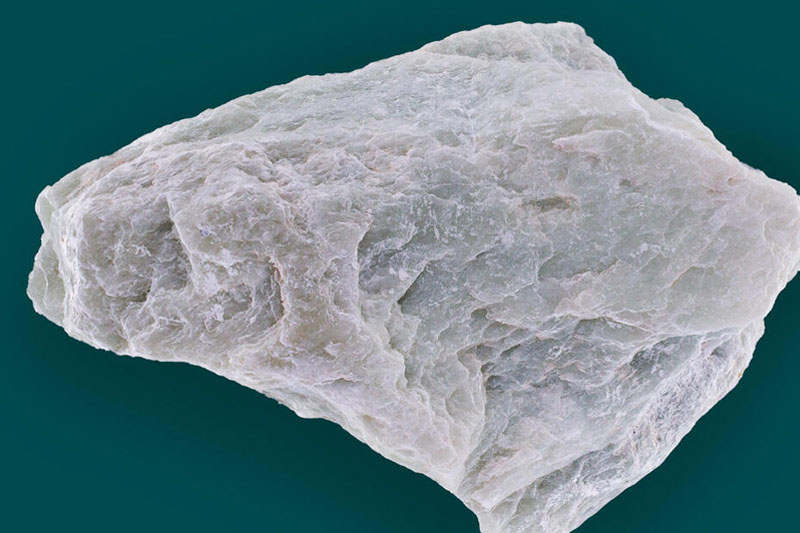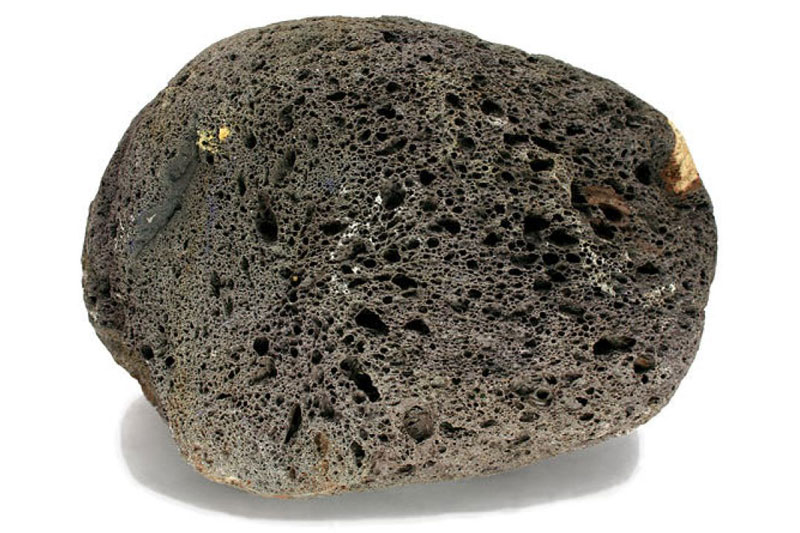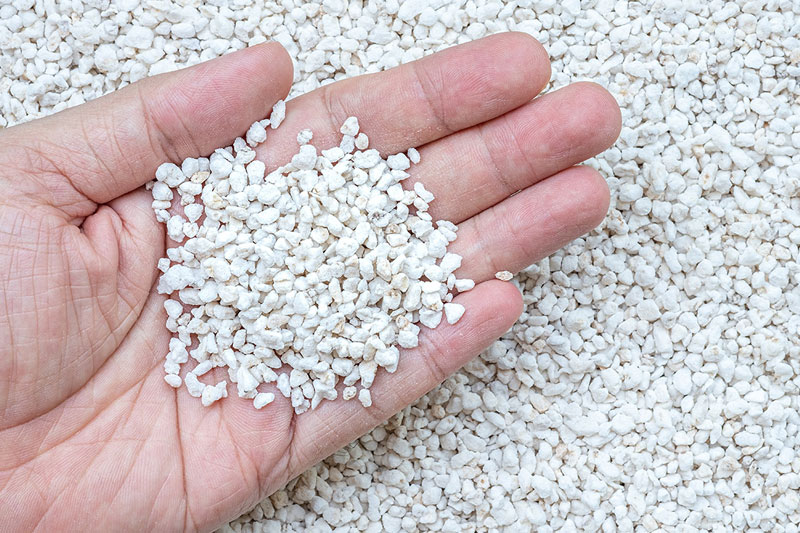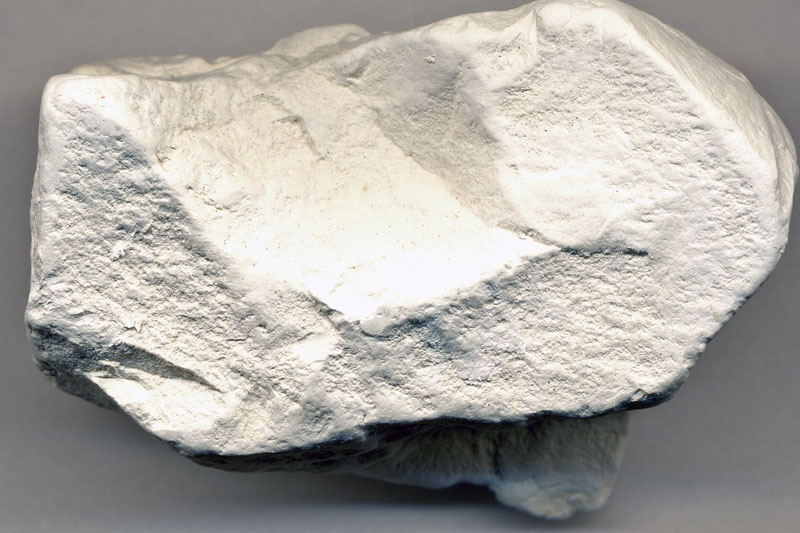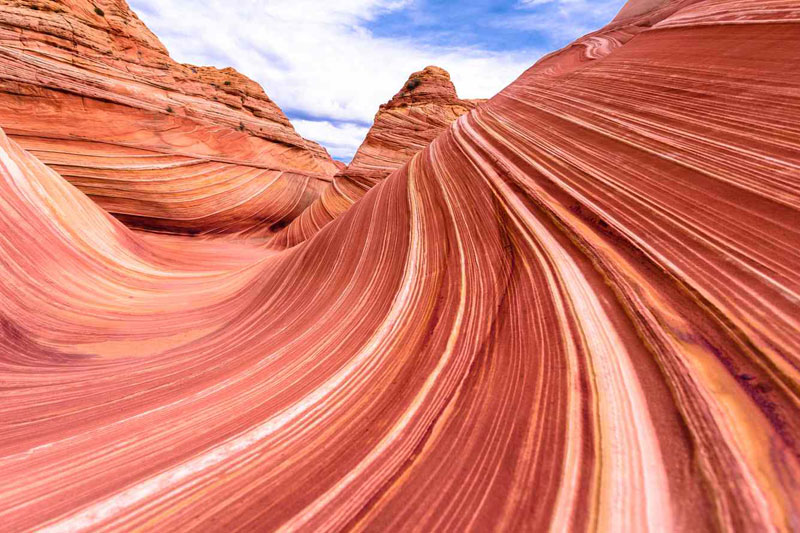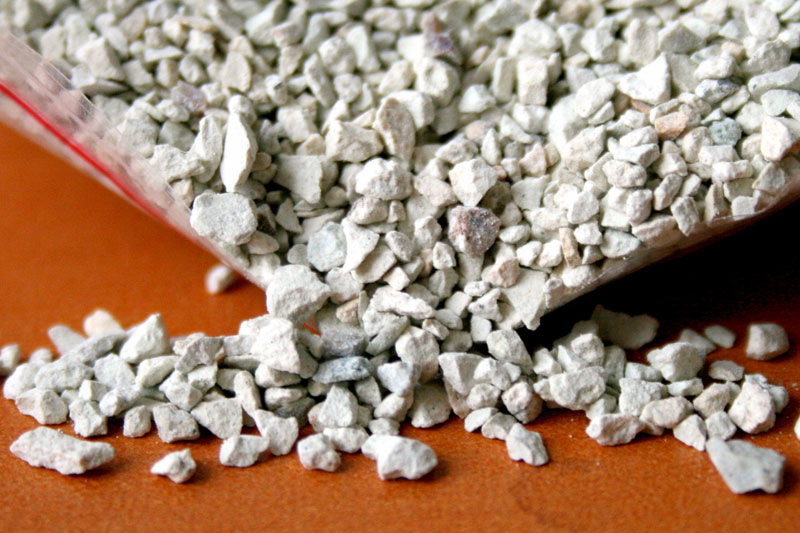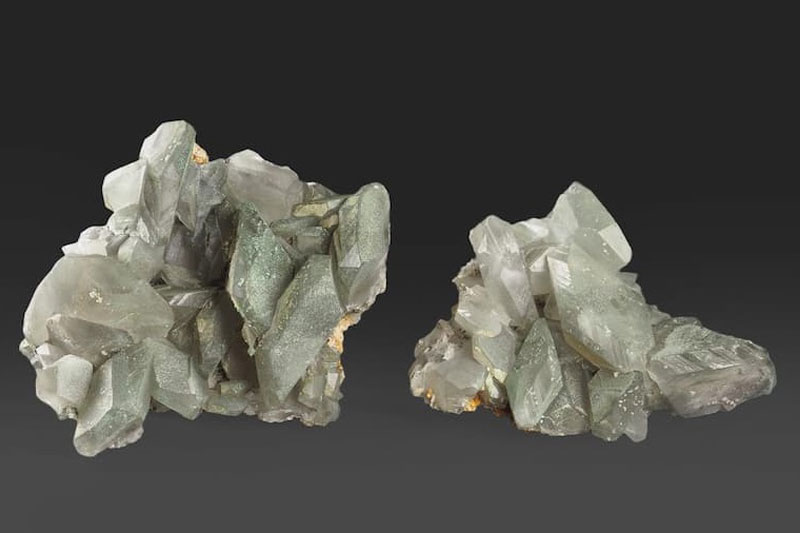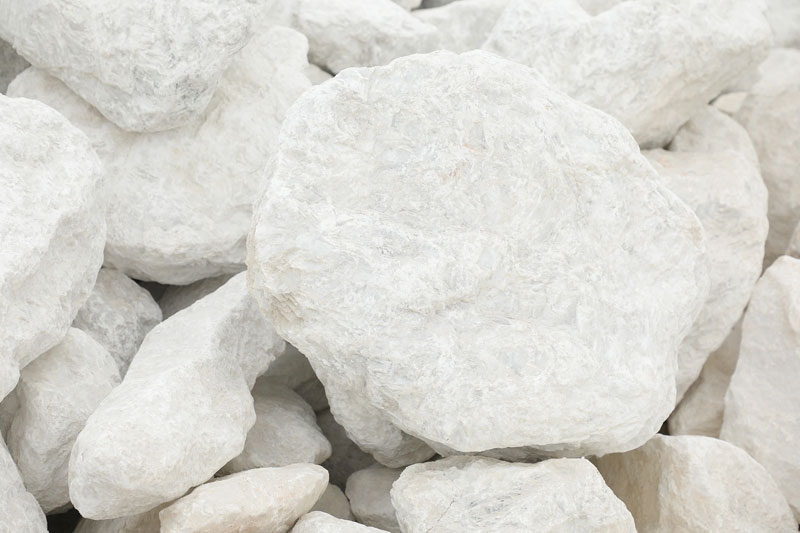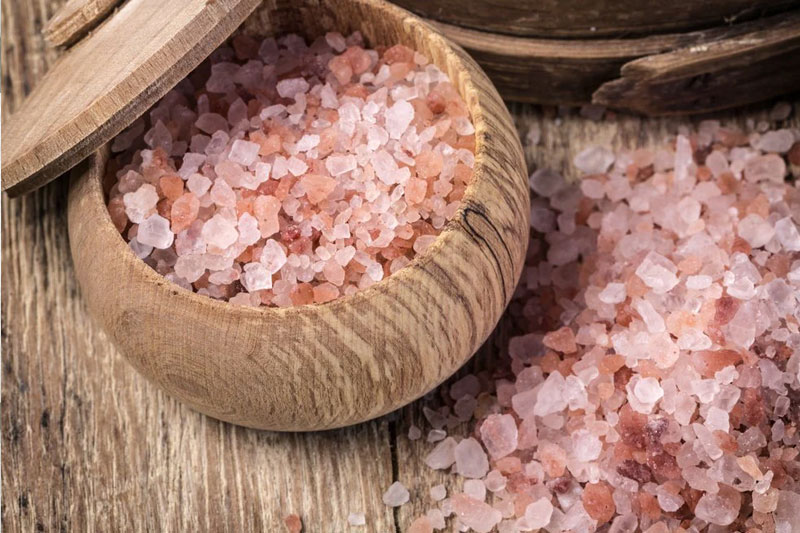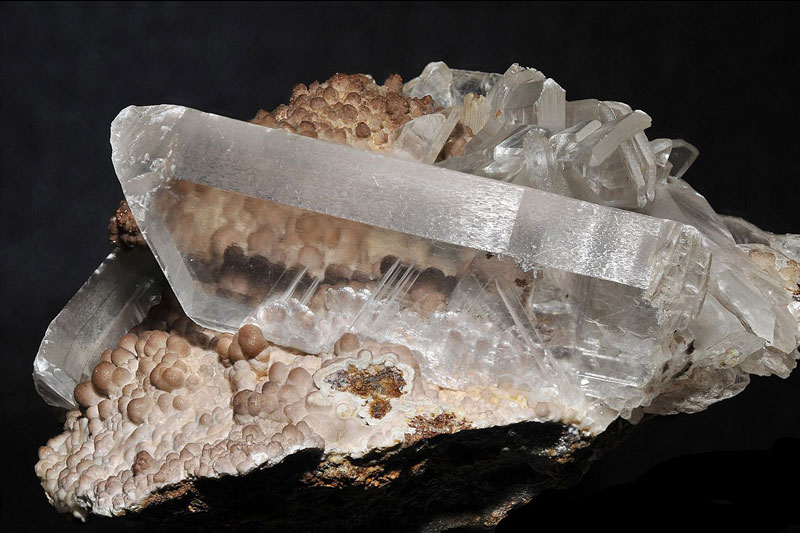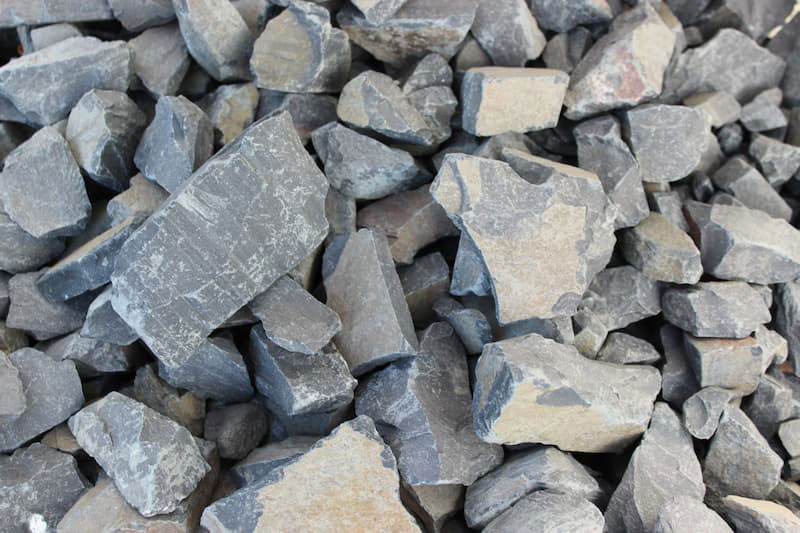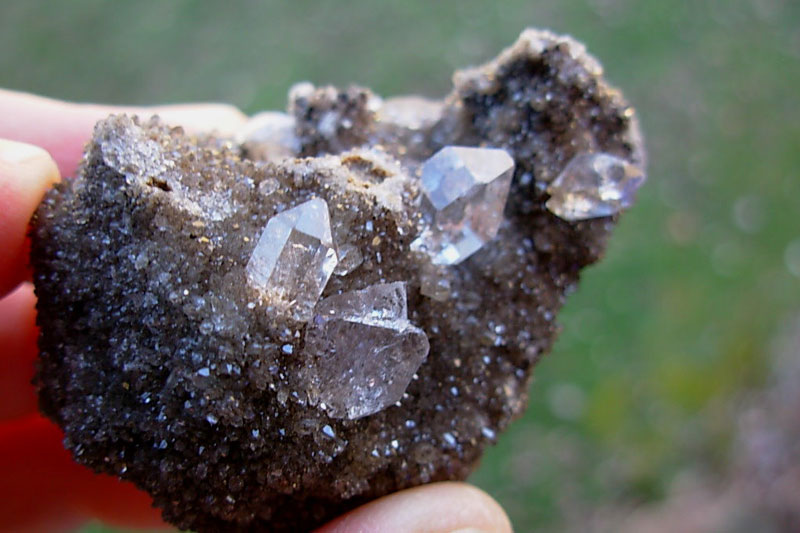The Company is Working With
Our Products
June 19, 2023
Published by Alhaddad on June 19, 2023
Peroflite is a type of volcanic igneous rock composed of feldspar, pyroxene, and olivine. It is mainly extracted in South Africa, Russia, Canada, Norway, and the United States.
Do you like it?
June 19, 2023
Published by Alhaddad on June 19, 2023
Feldspar stones are known as moonstones due to their transparency and glassy luster resembling pearls. Feldspar is a rock-forming mineral that constitutes about 41% of the Earth's crust by weight, though not in terms of surface area. It is formed as a result of fusion processes in volcanic rocks.
Do you like it?
June 19, 2023
Published by Alhaddad on June 19, 2023
Fluorite is a well-known mineral that is used in various industries. It is continuously utilized and primarily composed of calcium fluoride. It is found in a group of interlocking veins mixed with several metallic minerals. This mineral can also be referred to as fluor spar, indicating the crystalline calcium fluoride form belonging to the halide minerals.
Do you like it?
June 19, 2023
Published by Alhaddad on June 19, 2023
Talc is a mineral composed of hydrated magnesium silicate, with the chemical formula H2Mg3(SiO3)4 or Mg3Si4O10(OH)2. It is widely used in its powdered form. It is found in fibrous masses, and the occurrence of the monoclinic crystalline form of talc is rare.
Do you like it?
June 19, 2023
Published by Alhaddad on June 19, 2023
Scoria is a volcanic rock with a rough surface resembling furnace slag. It consists of silicate waste materials and is considered a valuable ore with economic importance, as highlighted by various studies conducted by the General Geology Authority.
Do you like it?
June 19, 2023
Published by Alhaddad on June 19, 2023
Pumice is a natural volcanic material that is black in color and lightweight. It is formed when gases and volcanic vapors pass through it during its eruption. Pumice stones are pebble-shaped, ranging in size from 1 to 3 cm. They are an economical material used in cement manufacturing, where they are added to cement components (limestone and clay) during production to create a type of cement known as "Portland Pozzolanic Cement."
Do you like it?
June 19, 2023
Published by Alhaddad on June 19, 2023
Perlite is a volcanic stone that ranges in color from gray to white. It is composed of several materials, including aluminum silicates, sodium, potassium, and crystallized water. The raw perlite is crushed and dried, then heated to a very high temperature of 900-1000 degrees Celsius.
Do you like it?
June 19, 2023
Published by Alhaddad on June 19, 2023
Kaolin, also known as China clay or China clay soil, is a naturally occurring white clay or soil that can also be manufactured in the laboratory. It has numerous industrial uses in fields such as papermaking, rubber, paint, ceramics, construction materials, and even pharmaceuticals. Kaolin was discovered in China and was named after the mountain from which it was first extracted.
Do you like it?
June 19, 2023
Published by Alhaddad on June 19, 2023
Sandstone is a type of sedimentary rock composed of mineral, rock, or organic particles of sand size that are bound together. It is a common type of rock found all over the world and is often used for construction materials as well as for decorative purposes.
Do you like it?
June 19, 2023
Published by Alhaddad on June 19, 2023
Zeolite is a type of aluminum silicate stone, comprising a group of compounds primarily composed of silicates and aluminates. It belongs to the alkaline and alkaline earth minerals, appearing as a white powder that can change color when the positive ion is replaced with a transition element. It is highly porous and widely used in chemical absorption processes.
Do you like it?
June 19, 2023
Published by Alhaddad on June 19, 2023
Dolomite is a sedimentary rock composed of calcium carbonate and magnesium carbonate. The mineral crystallizes in the trigonal crystal system. The crystals have a specific shape. It is also found in the form of compact fine or coarse granular masses. It has a glassy or pearly luster in some types. The color tends to be light reddish and it can be transparent, gray, or semi-transparent.
Do you like it?
June 19, 2023
June 19, 2023
Published by Alhaddad on June 19, 2023
Rock salt is the salt left behind by ancient oceans millions of years ago when lakes dried up. These salt layers are now located underground or inside mountains. Rock salt refers to dry salt extracted from evaporite rock layers using mining techniques. Most salt mines are underground, but in salt deserts, rock salt is also extracted on the surface.
Do you like it?
June 19, 2023
Published by Alhaddad on June 19, 2023
Gypsum is a sulfur-containing mineral that is widely distributed in nature. It is abundantly available in the Earth and appears in two forms: as a mineral and as sedimentary rock. It is characterized by its ability to interact with anhydrite, and it can be found in limestone or clay, and it may also occur in dolomite.
Do you like it?
June 17, 2023
Published by Alhaddad on June 17, 2023
Basaltic rocks are well-known in mafic (basic) volcanic rocks and are widely distributed in the Earth's crust. They contain a high proportion of iron and magnesium elements, with a maximum mineral content of 5% in olivine. Geologists have classified basaltic rocks into two categories: alkaline calc-alkaline rocks and alkaline mafic rocks.
Do you like it?
June 17, 2023
Published by Alhaddad on June 17, 2023
Quartz is the second most abundant mineral on the Earth's surface. It consists of one part silicon and two parts oxygen, with a chemical composition of SiO2. It occurs in hexagonal crystal forms and exhibits a variety of colors and shapes, but it is commonly colorless or white. Quartz is known for its glassy luster and has a hardness of 7 on the Mohs scale, meaning it can scratch glass and all types of iron. It also displays conchoidal fracture.
Do you like it?

